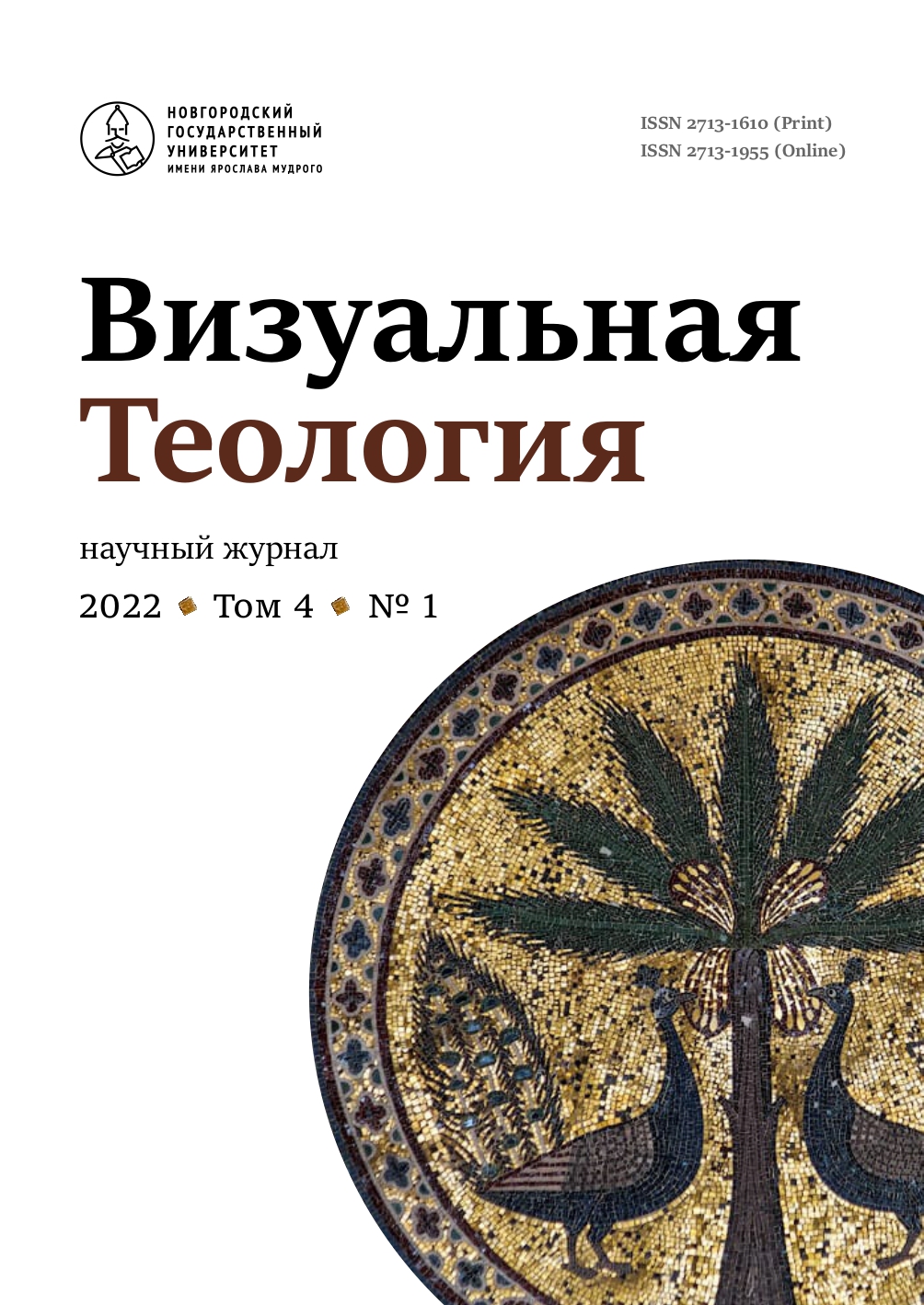Visual Sources on the History of St. John the Baptist Convent in Tomsk: Historical Memory and Urban Myths
Abstract
The article analyzes visual sources on the history of St. John the Baptist Convent in Tomsk (1865–1920s). Due to the poor knowledge of the history of the monastery and small number of left written sources, the visual sources mostly act as an instrument of preserving the memory of the urban community about the now lost monastery, which is part of the so-called urban myth – a system of stable ideas about the city’s past, its peculiar features. Visual sources also reflect the contradictory transformations that the urban myth underwent in the 19–20th centuries. St. John the Baptist Convent arose in a period of transformation of ideas about the city as a sacred center, characteristic of Russia. The city started being understood from a functional point of view – as an orderly, comfortable place to live, and not a sacred center. This transformation can be clearly seen in the description of the appearance of the monastery and its surroundings, given by the memoirs of Peter Khandorin (1905–1992). The monastery clearly does not fit the urban environment, remaining an alien element. The transformation of ideas about the city-forming function of the monastery led to the fact that at the beginning of the 20th century the myth of the city as a sacred center was being destructed. However, by the 1970s the culture was not ready for the complete destruction of historical memory: in the conditions of prohibitions on religious subjects, “legends” about the monastery arise, often having nothing to do with historical reality. This testifies to the preservation of ideas about the city as a sacred center in the mass consciousness. At the same time, this myth makes it difficult to restore the historical truth and the memory of the monastery that actually existed.


